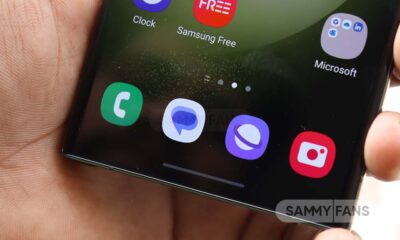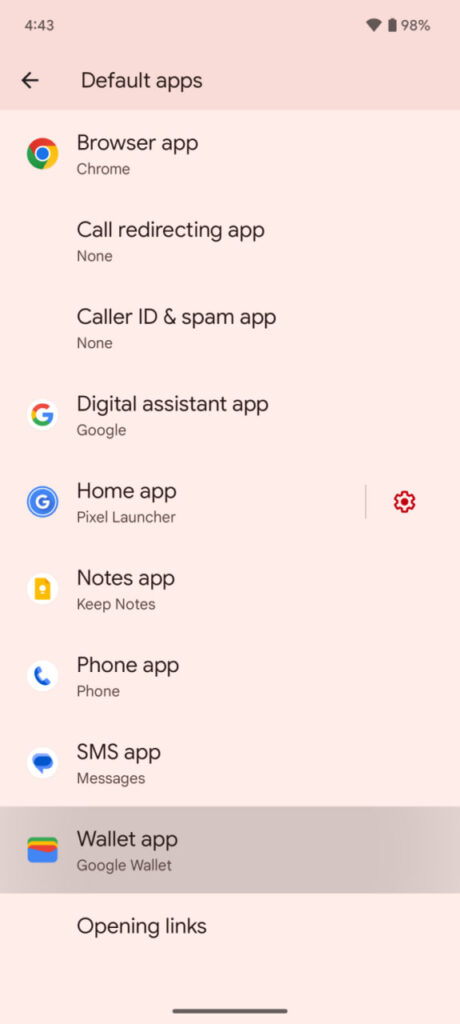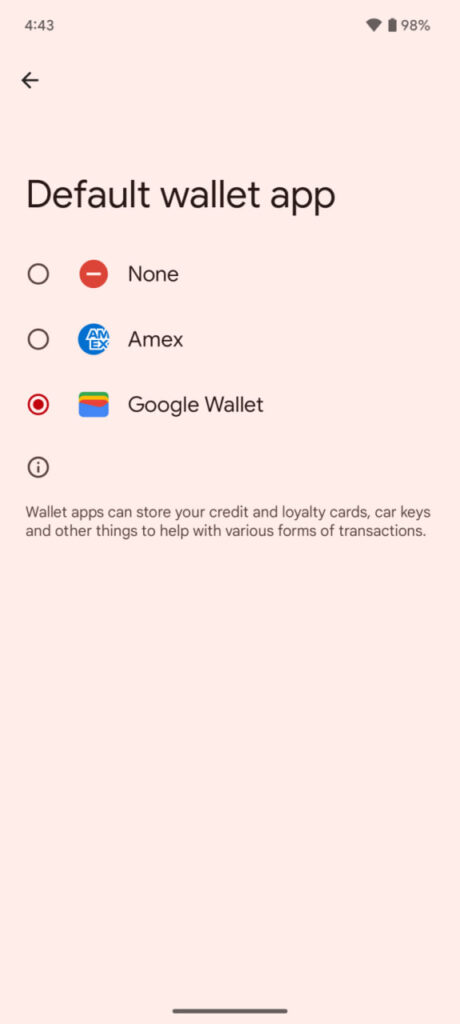Android
[Beta 1 Rolling] Google Android 13 Tracker: Everything we know so far
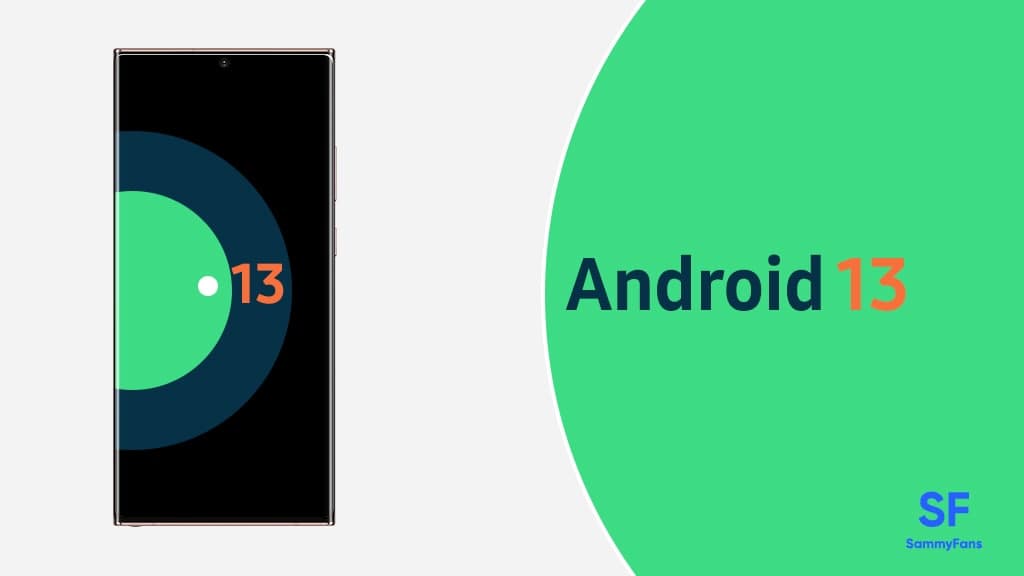
First published on December 24, 2021
In October 2021, Google launched the Android 12 operating system for mobile phones, which comes with radical design changes in addition to a bunch of new features. Going ahead, Google confirmed to unveil the foldable and big screen-focused version of Android 12L in the first quarter of 2022.
Join SammyFans on Telegram
Apart from this, we’ve started hearing more and more about the next major jump of Google in the segment of the Android operating system. To date, we’ve encountered a number of leaks and rumors regarding the Android 13, revealing all new features and changes coming next year.
- Read More: [List] These Samsung phones may get One UI 4.1 with Android 12 update, skipping One UI 4.0
Google Android 13 Tracker
Through this Android 13 tracker, we’ll maintain a record of all the upcoming (genuine/authentic) early info about Google’s next mobile platform.
April 26, 2022
Beta 1 Rolling
Google finally releases Android 13 Beta 1. Any Pixel device owner who wants to try out the next version of Android can download the Beta update on their phones and can give feedback for further improvements.
Google Android 13 beta 1 Features include:
- More granular access to media files: Google is introducing three new permissions:
- For images and photos
- For videos
- For audio files
- Copy/clipboard notification, like screenshots
- New ‘Control from locked device’ setting
- Priority mode reverted to ‘Do Not Disturb’
- Security & Privacy Quick tile disabled
- More ‘Basic colors’ in Wallpaper & style
- Media player squiggles
- More
March 01, 2022
Flashlight brightness adjustment toggle
It is reported that Google has seeded a new feature with the recent Android 13 release that lets users adjust the brightness of their phone’s flashlight.
To be noted, the same feature is already available in the Samsung Galaxy devices, while we can expect it to be more useful with the Android 13 software.
February 10, 2022
Developer Preview 1
On February 10, 2022, Google announced the Android 13 operating system, at the same time, began the Developer Preview ahead of its expected release later this year.
January 28, 2022
Faster games loading feature
A new report reveals that a new API is being under development that allows games to communicate their current operational state to the operating system.
If the game takes time for loading, the OS will send a nudge through to power management, followed by the CPU for a speed boost in order to reduce the load times.
January 14, 2022
Four new dynamic themes revealed
According to AndroidPolice, Google is working on four new styles of the theming system for the future Android version.
The four new color combinations are codenamed – TONAL_SPOT, VIBRANT, EXPRESSIVE, and SPRITZ.
January 13, 2022
Android 13 to allow profile switching from lockscreen
The upcoming Android 13 will allow users to switch profiles from the keyguard (PIN/pattern entry page). [Read more]
- Keyguard user profile switcher
- Home button Assistant toggle:
- More Panlingual bits:
January 11, 2022
Tap-to-transfer feature for media
Android 13 to feature a tap-to-transfer feature for media that could be similar to Apple’s Handoff feature that lets iPhone owners transfer media to and from the company’s HomePod speakers. [Read more]
January 10, 2022
Redesigned audio output picker
Android 13 will come with redesigned audio output picker. An audio output picker is a part of media controls. It is a button on the top right corner that allows users to quickly switch the output of audio or video to a phone speaker, earphones, Bluetooth speakers, or other devices. [Read more]
December 24, 2021
Android 13 early build revealed four new features
XDA-Developers reportedly got a very early Android 13 build that exposed four new features that are under development by Google. The leaked Android 13 features are as follows: [Read more]
- App Languages
- Runtime Permission for Notifications
- TARE: The Android Resource Economy
- Lock Screen Clock Layout
December 14, 2021
Android 13 to let users disable new background app limits
With the Android 13, Google is rumored to allow users to disable the background app limits (Phantom Processes). Read more
Android
Google Android 15 Beta 1.1 update fixes NFC issue and more
Google has released the Android 15 Beta 1.1 update for pixel devices, which includes a series of bug fixes following the previous version released two weeks ago. It is available for several Pixel devices, from the Pixel 6 to the Pixel 8 Pro, including the Pixel Tablet and Pixel Fold.
Identified via version AP31.240322.023, the Android 15 Beta 1.1 update comes with the latest security patch for April 2024. It addresses several issues, particularly with NFC which had been causing disruptions in wallet applications and other related system functions.
Moreover, the update resolves a problem that caused crashes in the Developer Options settings screen. It also fixes issues that were preventing some devices from properly updating to the initial Beta 1 release. Additionally, a fix has been implemented for a problem related to text clipping during printing tasks.
For users who are part of the Android Beta for Pixel program, the Beta 1.1 update will be provided as an over-the-air (OTA) update. Users can also manually install the update to enjoy error-free and enhanced service.

Stay up-to-date on Samsung Galaxy, One UI & Tech Stuffs by following Sammy Fans on X/Twitter. You can also discover the latest news, polls, reviews, and new features for Samsung & Google Apps, Galaxy Phones, and the One UI/Android operating system.
Do you like this post? Kindly, let us know on X/Twitter: we love hearing your feedback! If you prefer using other social platforms besides X, follow/join us on Google News, Facebook, and Telegram.
Android
Android 15 to boost wireless charging with NFC support
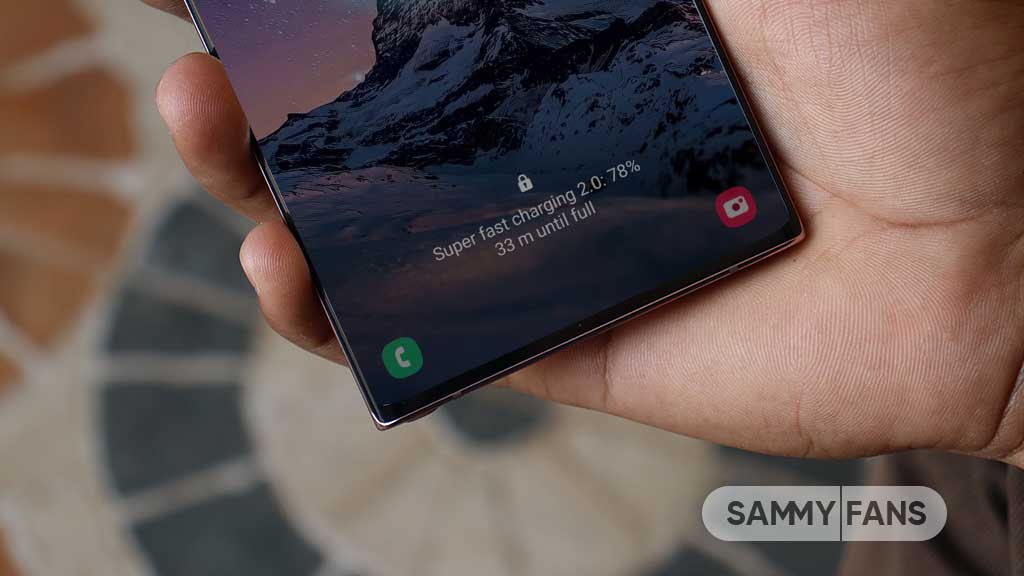
Google plans to introduce support for NFC Wireless charging (WLC) with Android 15. This feature is a significant development for charging small electronic devices. Unlike the widely-used Qi wireless charging, NFC wireless charging does not require large coils, making it ideal for devices with limited internal space.
With the Android 15 update, NFC wireless charging is expected to become more common in smaller devices such as earbuds, styluses, smartwatches, and tracker tags. This support will enhance user convenience and device functionality.
Announced in 2020, the NFC Wireless Charging technology uses antennas that are reportedly smaller than one centimeter. These antennas are versatile, serving both as a means for wireless charging and NFC data transfer. This dual functionality is particularly beneficial for smaller devices.
The slow adoption of NFC Wireless Charging in the market has been attributed to a lack of support from major operating systems. However, the recent Android 15 beta release indicates that Google is now integrating NFC Wireless Charging capabilities into the Android platform. This move could lead to an increase in WLC-enabled accessories.
This feature could transform the charging of devices like tracker tags, which could use NFC for both power and data, and styluses that comply with the USI 2.0 specification.
Android 15 might allow Google Play to update your phone’s NFC
Stay up-to-date on Samsung Galaxy, One UI & Tech Stuffs by following Sammy Fans on X/Twitter. You can also discover the latest news, polls, reviews, and new features for Samsung & Google Apps, Galaxy Phones, and the One UI/Android operating system.
Do you like this post? Kindly, let us know on X/Twitter: we love hearing your feedback! If you prefer using other social platforms besides X, follow/join us on Google News, Facebook, and Telegram.
Android
Android 15 expands default wallet app choices

Google has recently released the first beta version of Android 15, which brings a significant update as lets users select a preferred app to serve as their default wallet application. This feature enhances the system’s flexibility, allowing for a personalized choice of NFC payment apps.
Previously, Google Wallet was the default NFC payment app on Pixel phones. With the new update, users have noticed that the AMEX app is also compatible with this setting.
This change is also expected for various payment apps to become the default wallet app on Android devices. Google explains that wallet apps are designed to store essential items like credit cards, loyalty cards, and even car keys, facilitating different types of transactions.
This update is notable because it differs from Apple’s approach on iOS, where alternative digital wallet apps are not allowed. Previously, Android hasn’t blocked third-party wallet apps but this new default setting will make it easier for users to integrate these apps into their payment processes, giving them more options and enhancing the overall user experience.
Stay up-to-date on Samsung Galaxy, One UI & Tech Stuffs by following Sammy Fans on X/Twitter. You can also discover the latest news, polls, reviews, and new features for Samsung & Google Apps, Galaxy Phones, and the One UI/Android operating system.
Do you like this post? Kindly, let us know on X/Twitter: we love hearing your feedback! If you prefer using other social platforms besides X, follow/join us on Google News, Facebook, and Telegram.





